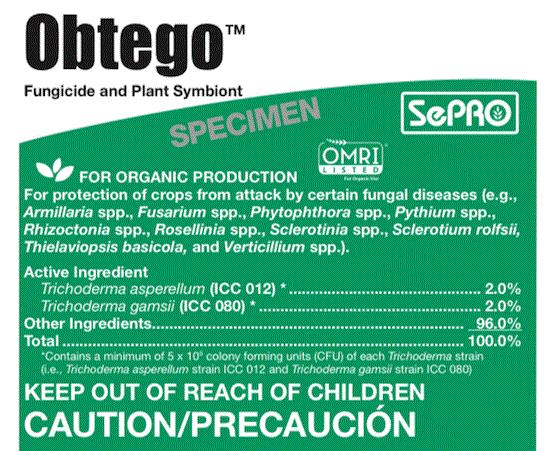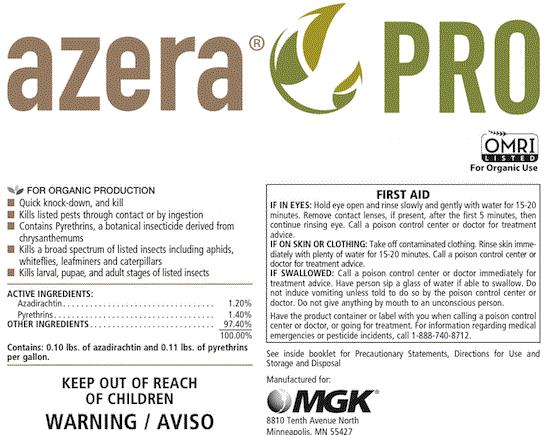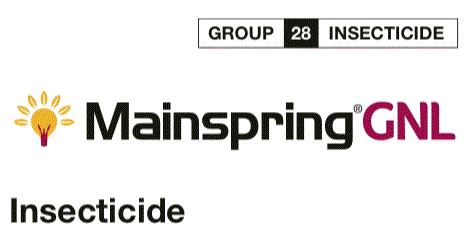Correction: Where the heck is the rose rosette disease?
Once again, I have proven Jackie’s point that I’m a dumb human. (Jackie is a very smart ass.) I stated last week that the Mason-Dixon line of rose rosette disease “runs roughly from Greenville, Mississippi, through Tuscaloosa, Alabama, to Macon and Augusta, Georgia. The disease is not detected north of this line.”
Within minutes of sending out the newsletter, I received an email from my dear friend, Frank Hale of the University of Tennessee (who is also a member of the Combating Rose Rosette team), telling me that the line should have read, “The disease is not detected SOUTH of this line.” Andy Seckinger of OHP, Bobbie Schwartz of Bobbie’s Green Thumb, Davy Wright of Wright’s Nursery and Jim Cocos of Missouri Botanical Garden also sent me very nice messages and reported the devastation by rose rosette disease in Alabama, Ohio, Missouri and beyond. Thank you very much for catching my mistakes!
I apologize for my carelessness, y’all. Again, the rose rosette disease occurs north of the line. Hopefully, my mistake didn't become the excuse for some rose lover to move up north to avoid the disease.

Jackie feels strongly about me.
Obtego biofungicide from SePRO
Some of you who attended Cultivate’18 had been introduced to SePRO’s new biological fungicide. This product, called Obtego, has become commercially available as of late December 2018.
Obtego contains two soil fungi, Trichoderma asperellum (strain ICC 012) and Trichoderma gamsii (strain ICC 080). It targets mainly pathogens attacking roots and collars, such as Armillaria, Fusarium, Phytophthora, Pythium, Rhizoctonia, Rosellinia, Sclerotinia, Sclerotium, Thielaviopsis and Verticillium spp. This new biofungicide is labeled for ornamentals, fruits, herbs, vegetables and turf grown in fields, greenhouses, nurseries, landscapes, golf courses, sod farms, and other indoor and outdoor sites. REI is four hours, and PHI is zero day. OMRI certification is pending. This product can be applied as drench or dip and through chemigation, media incorporation and broadcast.
Obtego represents a new addition to our line-up of biofungicides used for soil-borne disease control, such as Actinovate (Streptomyces lydicus), Asperello (Trichoderma asperellum,strain T34), Cease (Bacillus subtilis), PreStop (Gliocladium catenulatum), RootShield (Trichoderma harzianum), RootShield Plus (T. harzianum + Trichoderma virens) and SoilGard (Gliocladium virens), among others.

Obtego and other biofungicides should be used as a preventive treatment before the pathogens have a chance to establish and proliferate. It can be used during plug and liner production and transplant, and growing. Similar to other biofungicides, Obtego works through competition, parasitism and antibiosis. Trichoderma and other beneficial fungi colonize the root zone and compete with pathogens for nutrients and space to grow. Trichoderma is also known to attack and grow on pathogenic fungi, and produce antibiotics (mainly enzymes) that have direct fungicidal activities. Obtego enhances root growth of the treated plants, resulting in better growth and healthier plants.
Mark Brotherton of SePRO shared some research results with me. The efficacy of Obtego (applied twice at 2.5 oz. per 100 gallons, seven days apart) was comparable to that of mefenoxam (applied at 1 fl. oz. per 100 gallons) in reducing death of lysianthus caused by Phytophthora. Combining or alternating Obtego with mefenoxam also significantly reduced mortality of peppers and gerbera daisies due to Phytophthora, with efficacy comparable to Obtego and mefenoxam alone.
I thought, “Obtego? What a weird name.” According to Charlton Thomas Lewis’s "A New Latin Dictionary", the word "obtego" is defined as “to cover up (for protection or concealment).” Its name tells you what Obtego fungicide does.

MGK introduces Azera Pro insecticide
An article about this new insecticide came across my desk in January. McLaughlin Gormley King Company (MGK), based in Minneapolis, Minnesota, introduced a new product called Azera Pro for insect management in commercial greenhouses, nurseries and landscapes. This is an addition to MGK’s botanical insecticides portfolio.
Azera Pro is a combination product containing pyrethrins and azadirachtin. Both active ingredients have activity against a broad spectrum of insects, including a large number of aphids, caterpillars, beetles, weevils, leafrollers, borers, flies, leafhoppers, leafminers, moths, whiteflies, psyllids, thrips and other pests listed on the label. Pyrethrins provide rapid knockdown of insects, whereas azadirachtin is known to have repellency, anti-feeding and growth regulating activities.
Azera Pro is OMRI certified. It can be applied as spray or drench on ornamentals, vegetables, fruits, nuts, herbs, spices and other crops. The REI is 12 hours, and the product can be used up to the day of harvest.


A few tips on pesticide rotation
I just wrote an article for the American Floral Endowment’s "Thrips and Botrytis Newsletter". The article is about developing an insecticide rotation program for thrips. It doesn't matter whether you’re dealing with thrips or mite, phytophthora or botrytis, eclipta or liverwort—the basic principles of pesticide resistance management are the same. Allow me to explain (and get extra mileage from the same work).
The mechanism by which a pesticide kills an insect, a fungus or a weed is called the pesticide’s mode of action (MOA). Pesticide resistance arises because pesticides of the same MOA are used over and over again. Individuals that tolerate or are otherwise unaffected by the pesticides survive, propagate and replace the susceptible individuals after each application, and eventually come to dominate the population. Now you have a resistant population. Once a pest population becomes resistant to a pesticide, it’s also likely resistant or has reduced susceptibility to other pesticides of the same MOA, even if the other pesticides have never been used against the population.
One obvious approach to avoid the development of pesticide resistance is to not rely on only one MOA. This approach is the basis of a pesticide rotation program; by rotating among different MOAs, a pest population is challenged by multiple lethal mechanisms and has a low chance of developing resistance to any one of them.
Developing a pesticide rotation program is easier than you think. I often call the process a game of “follow the number.” By “numbers”, I mean the IRAC (Insecticide Resistance Action Committee), FRAC (Fungicide Resistance Action Committee) or WSSA (Weed Science Society of America) MOA or Site-of-Action numbers. A large group of experts, many times smarter than Jackie and me, classified the MOAs and assigned each MOA a specific number and/or letter.

An insecticide label may display the IRAC number on the top right corner. For example, Mainspring GNL contains cyantraniliprole, which is an IRAC Group 28 insecticide.
The designation of these unique IRAC, FRAC or WSSA codes greatly simplifies the process of developing a rotation program, and eliminates the need for a layperson to memorize all those chewy MOAs. It also helps a professional who is supposed to know but is otherwise too lazy to memorize the MOAs. Shoot, you think I’m going to fill my brain with nicotinic acetylcholine receptor competitive modulators, enolpyruvyl shikimate-3-phosphate synthase inhibitors, succinate dehydrogenase inhibitors, and such? I got better things to do with my brain. To save me even more time, these MOA numbers are usually displayed on the pesticide labels (although not always, since such display is not required by EPA).
Here is how you play the game of “follow the number”: If you use a pesticide with an MOA number of 1, then the next one you use should be a different number. For example, a rotation program for twospotted spider mite may include miticides containing cyflumetofen (25), bifenazate (20D), hexythiazox (10) and fenpyroximate (21A). Notice that each of the four active ingredients is of a different IRAC number. The IRAC, FRAC and WSSA classification schemes are different from each other, so become familiar with the numbering system for each pesticide type.
It should not surprise you that entomologists, plant pathologists and weed scientists may have different takes on how to develop a pesticide rotation program. Heck, even entomologists cannot agree among themselves on how to do it. The following are my suggestions for developing a rotation program:
-
Develop a rotation program even if you are an organic or low-input operation.
-
I typically include three or four MOAs in a rotation program to give myself more flexibility.
-
You can use the same MOA for each pest generation, but switch to another MOA for the next generation. Obviously, when you switch will depend on a pest’s generation time, and the timing of your application.
-
I usually avoid tank mixing. I’m of the opinion that tank mixing is suitable for a situation when you have to control multiple pests that require different pesticides. I would use different MOAs in a single tank mix. Tank mixing of an insecticide with, say, a fungicide or fertilizer is okay if the labels do not prohibit such a combination and if the combination doesn’t cause compatibility or phytotoxicity issues.
There is no one-size-fits-all rotation program. An operation should develop multiple rotation programs to adapt to each unique combination of crops, pests, expectations, production practices, biological controls, and other factors.
And, you know the best way to avoid pesticide resistance? You guessed it—practice integrated pest management so you don't have to use pesticides more than you need to.
By the way, if you are interested in learning more about the modes of action of insecticides, or need something to cure your insomnia, check out this document authored by yours truly, and Bill Klingeman and Frank Hale of the University of Tennessee.
I’ll leave you with a view of a mango grove in full bloom. A very impressive sight, I thought. For those of you who aren’t familiar with mango, the flowers of this tropical fruit have a strong, and some might consider musky, odor. Smelling them brought back memories of my childhood growing up in Malaysia.







See y'all next time!

JC Chong
Associate Professor of Entomology at Clemson University
This e-mail received by 24,823 subscribers like you!
If you're interested in advertising on PestTalks contact Kim Brown ASAP!